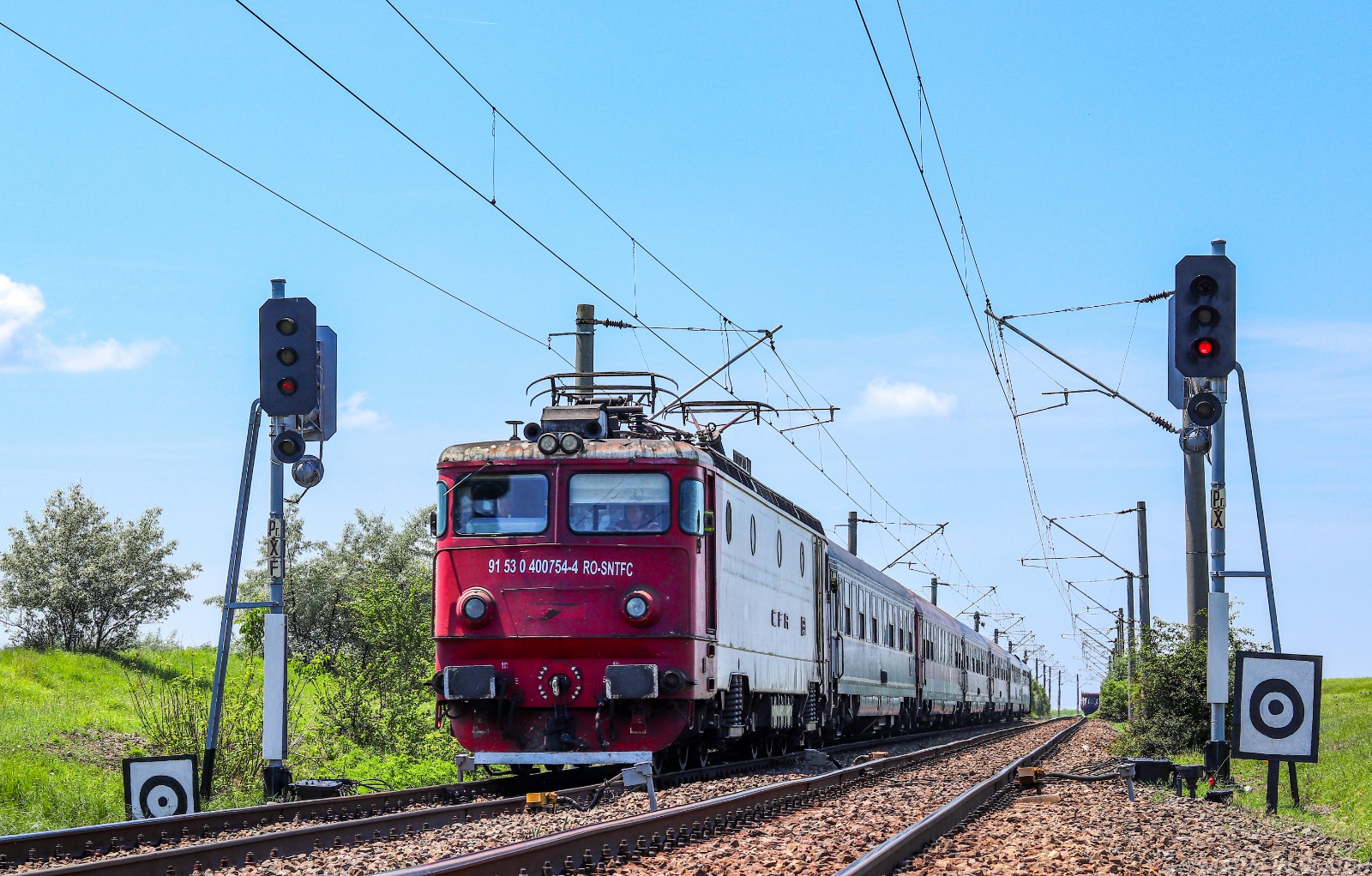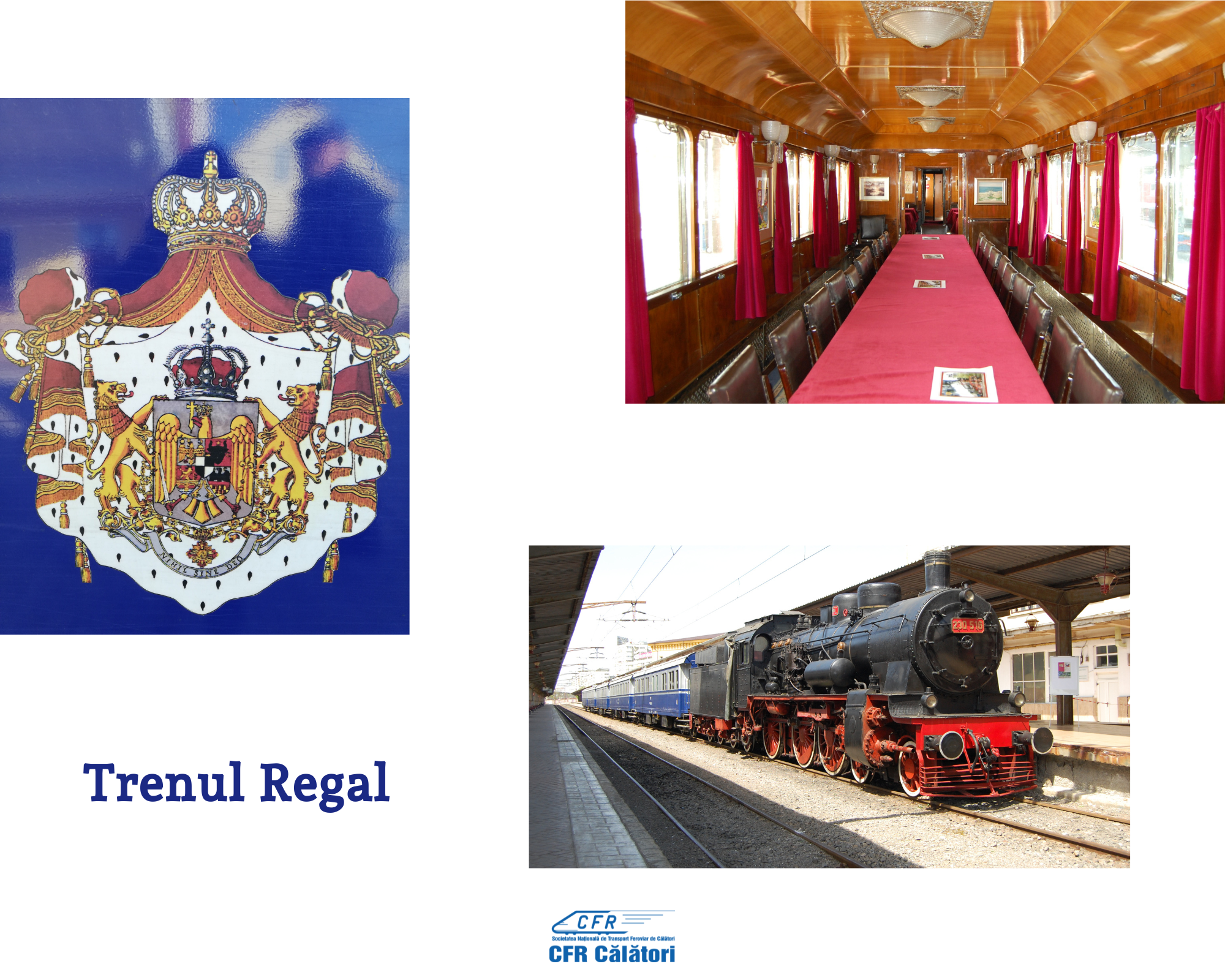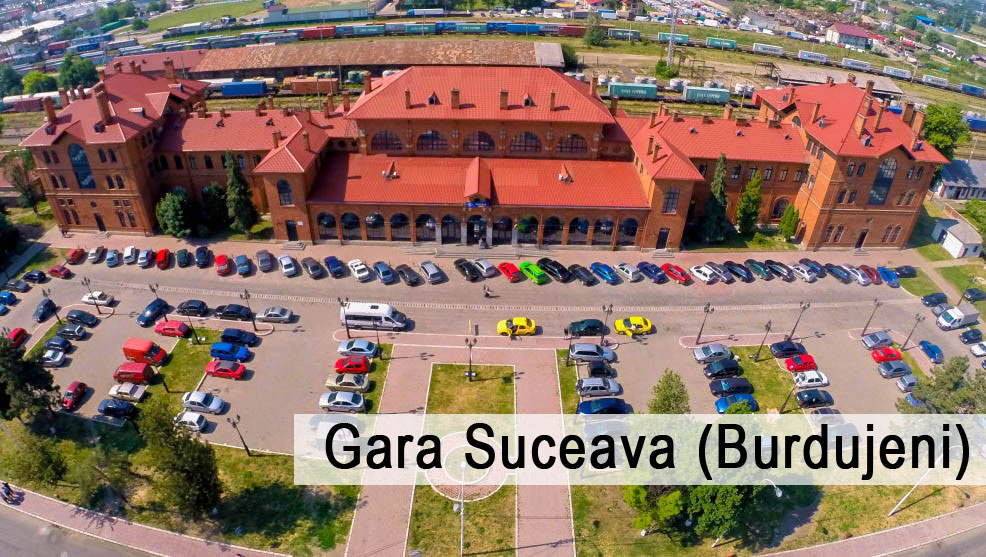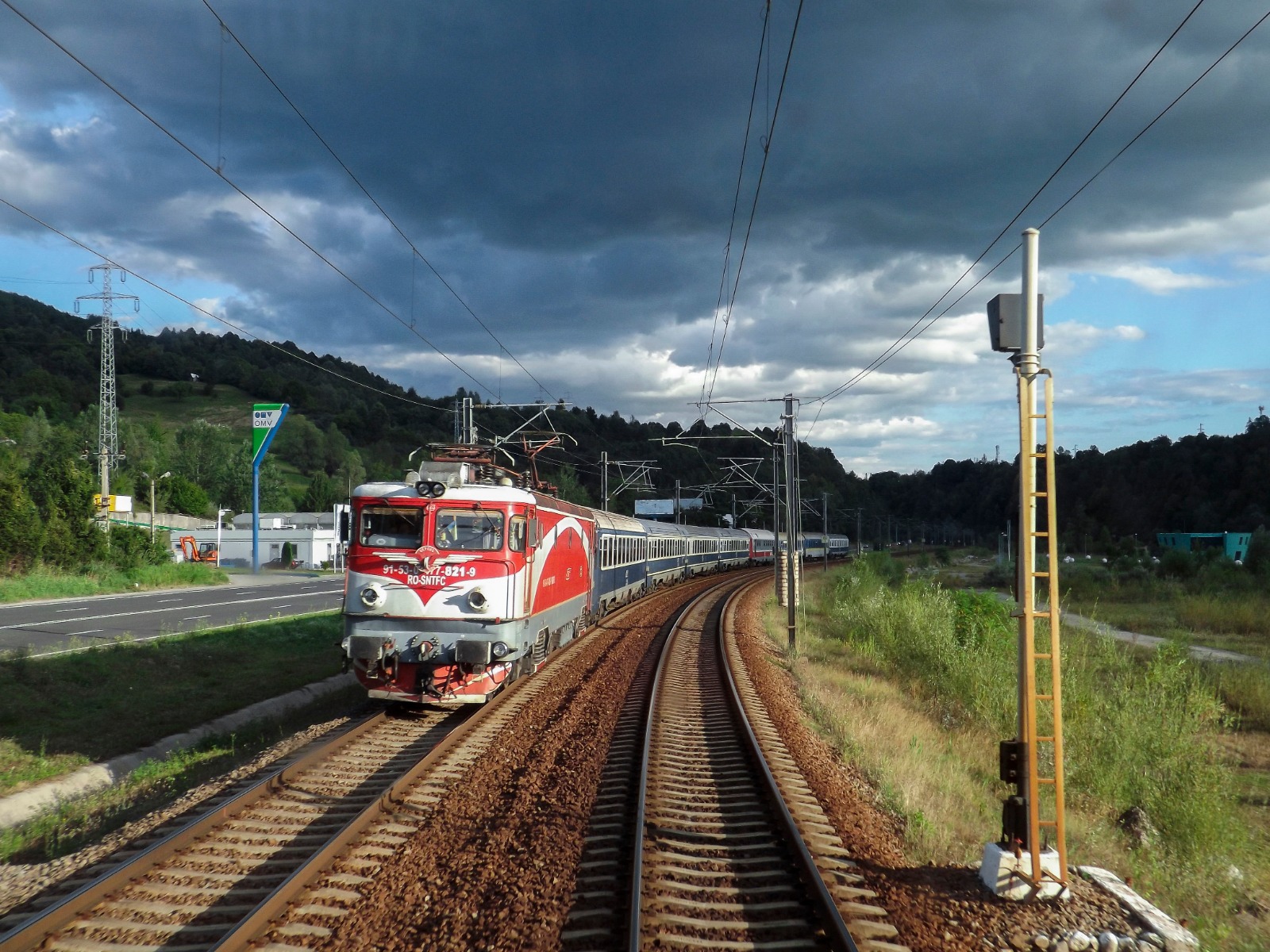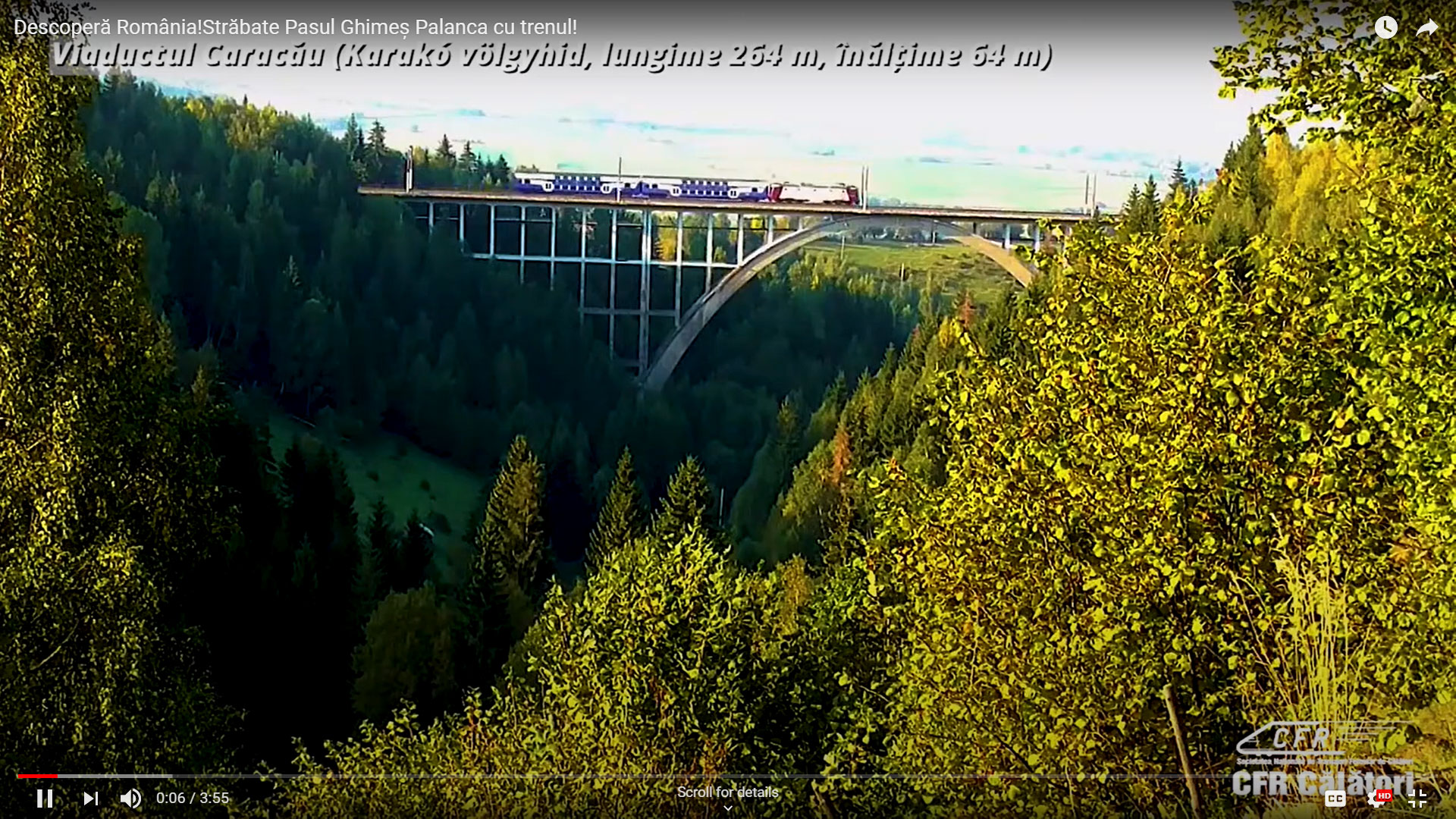
The Caracău Viaduct – the largest concrete arched viaduct in Romania
The Caracău Viaduct in Harghita county is the most important construction on the Miercurea-Ciuc – Ghimeş railway route, put into use on October the 18th 1897, with the opening of the Ciceu – Ghimeş railway line, important due to the fact that it connects Moldova with Transylvania. Built in a mountainous region, on a rugged terrain, difficult to access, it represents the largest artwork executed by CFR after the construction of the bridge from Cernavoda. It was destroyed in both world wars, in 1916 and 1944, respectively, and rebuilt each time. After the Second World War, from December 1944 until February the 12th 1945, the Romanian construction engineers made a temporary wooden viaduct. This was a unique performance in the history of railway construction. In…
Citeste mai mult


